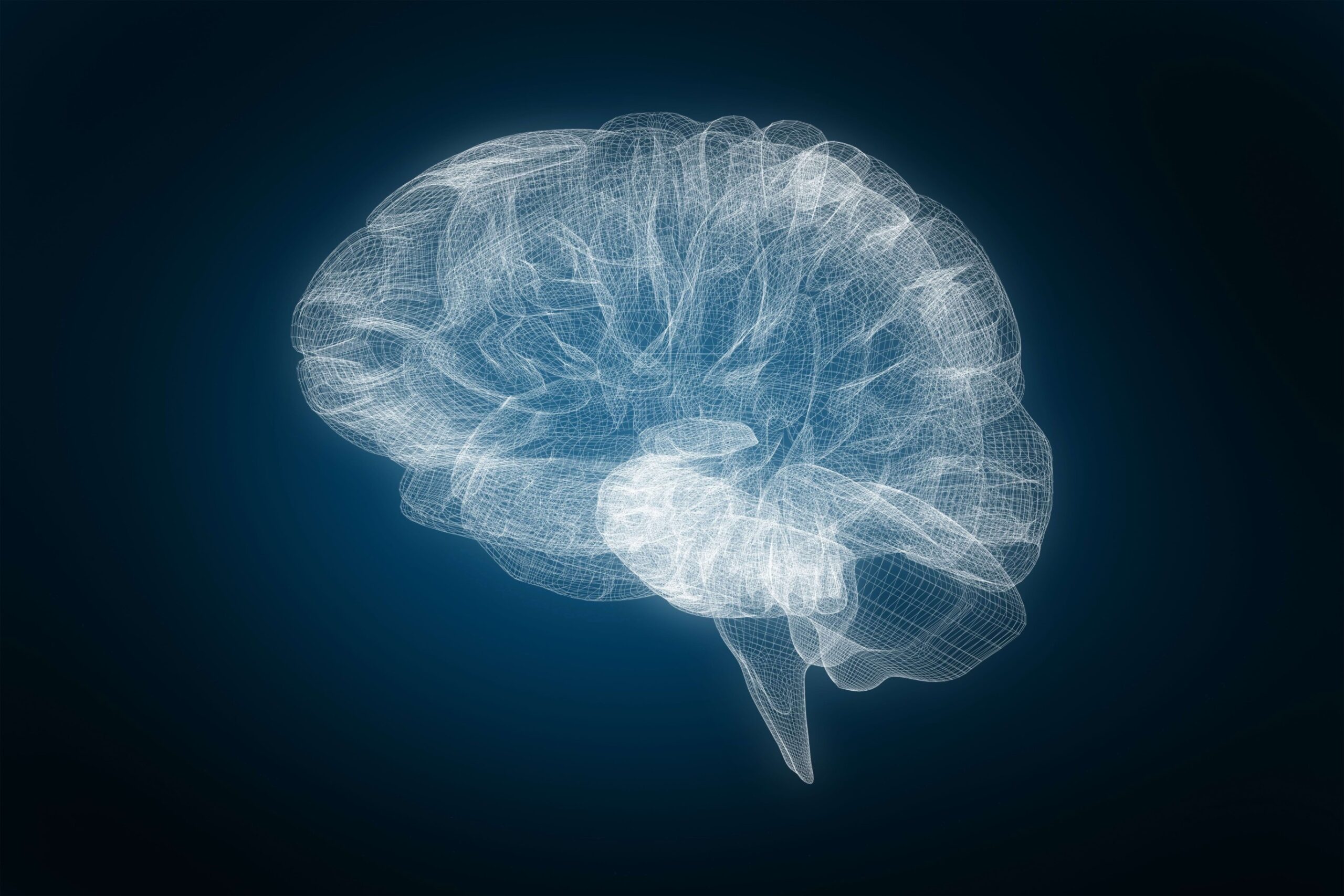
Are you or a loved one searching for an innovative treatment for severe depression? Both electroconvulsive therapy (ECT) and transcranial magnetic stimulation (TMS) are powerful options for those who haven’t found relief with other treatments.
When comparing ECT vs. TMS therapy, it’s important to know both are FDA-approved and involve stimulating brain cells to alleviate symptoms. However, there are key differences in how they work, their side effects, and the treatment experience. Read on to learn more about these depression treatments to determine which may be right for you.
What Is ECT?
Modern electroconvulsive therapy (ECT) has been used for nearly a century to treat severe depression, bipolar disorder, and other mental health conditions. The procedure involves sending small electrical currents through the brain to trigger a brief, controlled seizure. This activity is thought to reset brain chemistry and provide relief from severe symptoms.
The procedure is performed under general anesthesia in a medical facility to ensure patient safety and comfort. Electrodes are placed on the scalp, typically on one side of the head or both. Each session lasts only a few minutes, but the preparation and recovery time can extend the visit. Treatments are usually administered two to three times a week over several weeks.
Pros of ECT
- Often effective for treatment-resistant depression.
- Rapid relief for severe or life-threatening symptoms.
- Suitable for patients who cannot take antidepressants due to medical reasons.
Cons of ECT
- Requires anesthesia and a hospital setting.
- Common side effects: memory loss (temporary or, in rare cases, permanent) and confusion.
- May disrupt daily activities due to recovery time after treatment.
What Is TMS?
Transcranial magnetic stimulation (TMS) is a newer, non-invasive treatment that targets specific areas of the brain associated with mood regulation. Using a magnetic coil placed against the scalp, TMS generates focused electromagnetic fields that stimulate neuronal activity in the prefrontal cortex—the region often underactive in people with depression. Unlike ECT, TMS does not require anesthesia or work by inducing seizures. TMS therapy is ideal for those who prefer a less intensive option for treatment-resistant depression.
During a TMS session, the patient remains awake and seated comfortably in a chair. Each session lasts approximately 20 minutes, and the patient can immediately resume daily activities afterward. A typical course of treatment involves five sessions per week over a six-to-eight-week period. Response rates are as high as 70% and remission rates as high as 50%, especially with the newest TMS technology known as deep TMS.
Pros of TMS
- Non-invasive and generally painless, with no anesthesia required.
- No memory loss or cognitive side effects. Some studies indicate it can actually improve cognitive performance.
- Patients can resume normal activities immediately after sessions.
Cons of TMS
- Multiple sessions are required for effectiveness.
- Mild side effects, including scalp discomfort or headache, may occur.
- Not suitable for individuals with metal implanted near the head or those who have a history of seizures.
Which Treatment Is Right for You?
Deciding between ECT and TMS depends on the severity of your symptoms, your medical history, and your preferences regarding side effects and procedure intensity. The chart below outlines key differences between the two treatment options to help you make an informed decision.
| Aspect | ECT | TMS |
|---|---|---|
| Invasiveness | Invasive (requires anesthesia) | Non-invasive |
| Side Effects | Memory loss, confusion | Mild headaches, scalp discomfort |
| Setting | Hospital or specialized facility | Outpatient clinic |
| Treatment Time | Minutes, but recovery required | 20-40 minutes, no recovery time |
| Effectiveness | Rapid for severe cases | Gradual improvement over weeks |
ECT may be the right choice if you are dealing with life-threatening depression, severe suicidal ideation, or conditions that require immediate relief. Its rapid efficacy makes it a valuable option in crises or for those who have tried multiple medications without success. However, ECT requires a hospital setting, anesthesia, and longer recovery time. Severe memory loss is not common, but it’s important to be aware of the risk.
On the other hand, TMS might be better suited if you are seeking a less invasive treatment with minimal downtime. TMS is particularly appealing to those who have not responded to medication but want to avoid the risks and longer recovery time with ECT.
Ultimately, the decision should be made in consultation with a mental health professional who can evaluate your unique circumstances, medical history, and treatment goals. At Michigan Advanced Psychiatry, our team specializes in TMS therapy and is dedicated to helping you find the best path toward relief and recovery.
Next Steps: Explore TMS at Michigan Advanced Psychiatry
At Michigan Advanced Psychiatry, we specialize in TMS therapy to help individuals find relief from treatment-resistant depression. If you’re seeking a non-invasive, effective treatment option, our experienced team is here to guide you.
Contact us today to schedule a consultation and take the first step toward reclaiming your life. For our Ann Arbor, MI location, call (734) 436-4886. To schedule an appointment at our Troy, MI location, call (248) 885-8887.
If you’re located in the Fort Wayne, IN area, visit our partner website today to explore treatment options near you.
